
A music video for BenBen's "Algorithmia", from the forthcoming EP. Do neural networks listen to simulated rock bands? Algorithms have dictated much of what we see and hear for years already; they've only much more recently become able to reproduce semblances of it on their own. With the advent of adversarial learning (pioneered by chess AIs trained through near-endless competition against eachother), digital simulacra have become more and more eerily convincing: songs extended through extrapolation, faces invented, and so many machine-generated avocado armchair designs. Especially over the last six months, the tools for fully AI-created images (based only on generalized knowledge from data sets consisting of millions of captioned pictures) have rapidly evolved, diversified, and improved, allowing more and more generative artists to explore the form. But with algorithms already warping artistic production through the feedback loops of streaming and social media, what may come of vertically-integrating algorithmic distribution with its own ability to create? Or, in the deeper exploration of machine-generated art -- the interest of which comes as much from its mystifying errors and omissions as from its successes -- will the essential significance of the guiding human hand become only more obvious?
Between one life and the next.
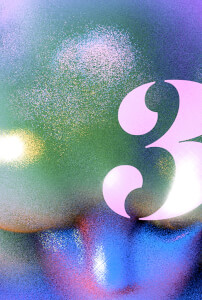
Love punch love.
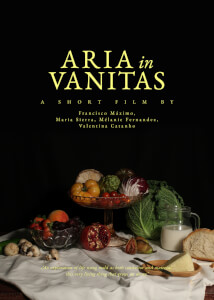
An exploration of life using mold, the very living thing that grows on decay, as both the conductor and material.
'The music that you play' is a song by Austrian band Yellow Mellow, the music video is created by animation artist Nikolaus Jantsch using a technique called "direct animation", or "drawn on film". The footage was produced by painting, drawing and scratching directly on 16mm film. With the help of nowadays software, this century old technique supports the character of the engaging music with a fresh approach, turning great sound into a rousing visual imagery. "You say, you have no feelings for this world outside your room. You say the only healing is that the music is going on." This first two lines of the song beautifully describe the feelings of many: seeing music as a sanctuary from the uncomfortable, daily life.

A journey through the energy, rhythm and culture of life in Brixton, a district of South London with an African-Caribbean soul.
On a mysterious matrix, equally mysterious images appear and seek their place. The tableau is in motion, images change their color, their shape, their place, some begin to walk. They symbolize possibilities of change and development. But unfortunately there is no clear answer to the question from where - to where
The nocturnal city reveals a machine of desiring forces linked to the spectacle of Capitalism. In the consuming night, the dazzlement of the city as a networked flow of information and surveillance is revealed. Affective forces create and shape the experience of this machinic city, but within this illumination and control, seeking out the liminal, queer spaces of desire becomes more urgent.
On 2 November 2014, I travelled by train from Prague to Vienna. I like the old-fashioned charm of Eastern European trains, with their mirrors and all. Sitting alone in my compartment, I was soon overwhelmed by the effects of light caused by the motion of the train. The many reflective surfaces, windows and mirrors, amplified the flickering light of the sun as it set behind the trees that lined the railroad, the reflections inverting the direction of the train – an augmented panorama. A true metaphor of cinema was before my eyes. I set my camera up on the seat opposite, took clothing out of my suitcase to steady the camera on the luggage (using a tripod was impossible) and began filming. I could already envisage the film that might result from this as I positioned myself in this counterintuitive space that was multiplied by the reflections.
A physical dance with darkness and light - a dark choreography with film.

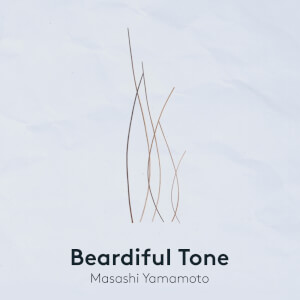
Animated my real Beard and Mustache. Feel the energy and harmony of my hair!!
Employing the use of a copy machine to degrade images and vicdeo from her personal archive, the filmmaker takes viewers through fading recollections of the past. Memory is an unreliable reproduction - a copy of a copy
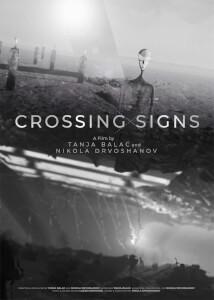
"Crossing Signs", through a research-experimental process of physical displacement and moving away from the "known" and plunging into the unknown, deals with the global topic of migrant crises, while referring to the xenophobic rhetoric present in the mainstream media. Uncovering that discourse, we perceive the migration events through a historical and global political context realized through concrete artistic practice. Several thematic units intertwine and simultaneously refer to the critical elements of the concept of home - shelter - uncertainty.
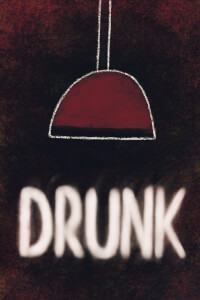
Confessions of a person suffering from alcoholism. Based on works made by Paul Klee.
An old soul wants to recollect some precious memory of the village before its demolition
Thick acrylic paint daubs are applied spontaneously onto paper leaving behind the materiality and texture of the paint, which are in the shapes of triangle, square, and rectangle. These preliminary shapes are animated as temporal movements and later composited into scenes to create constantly evolving illusions that the viewer can associate with past personal visual experiences as either representational or abstract.